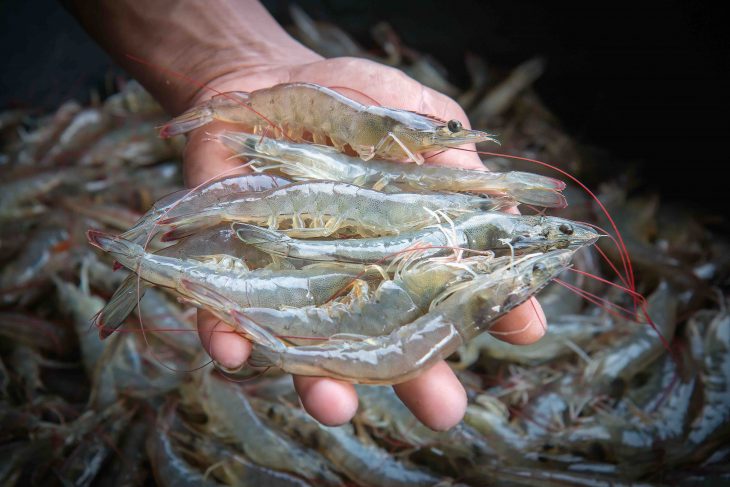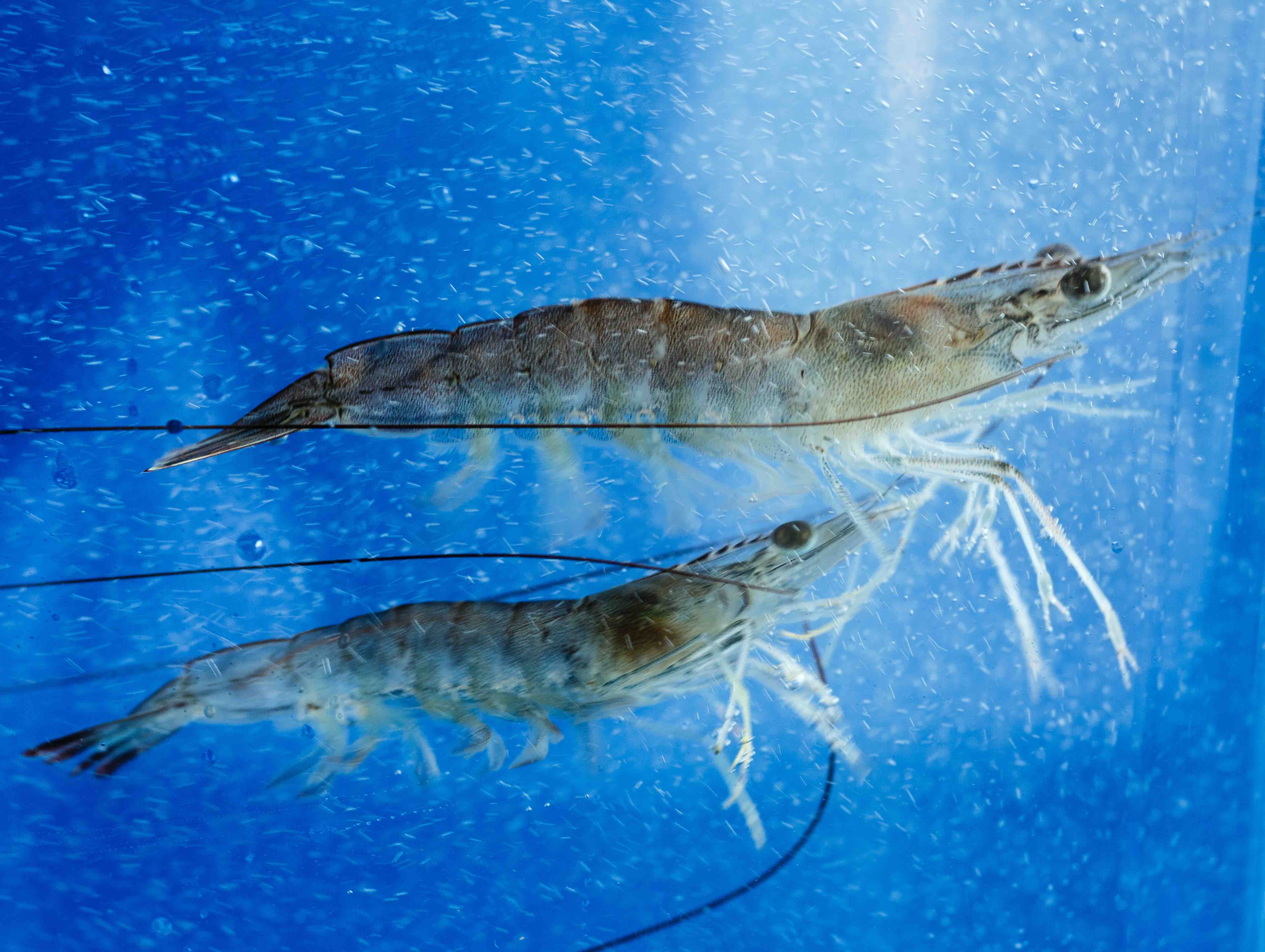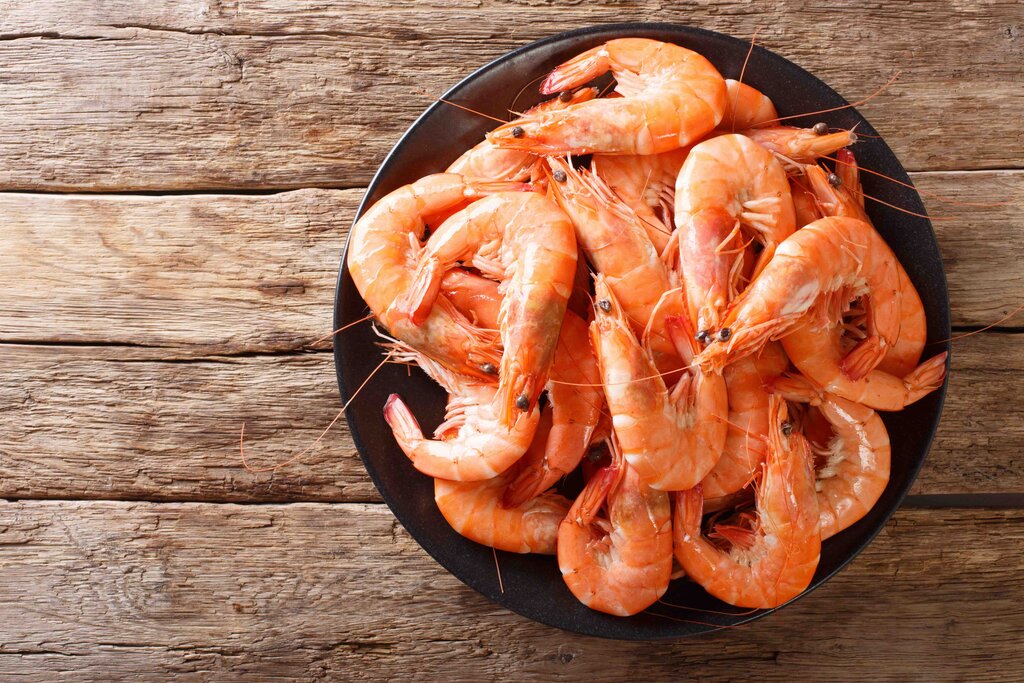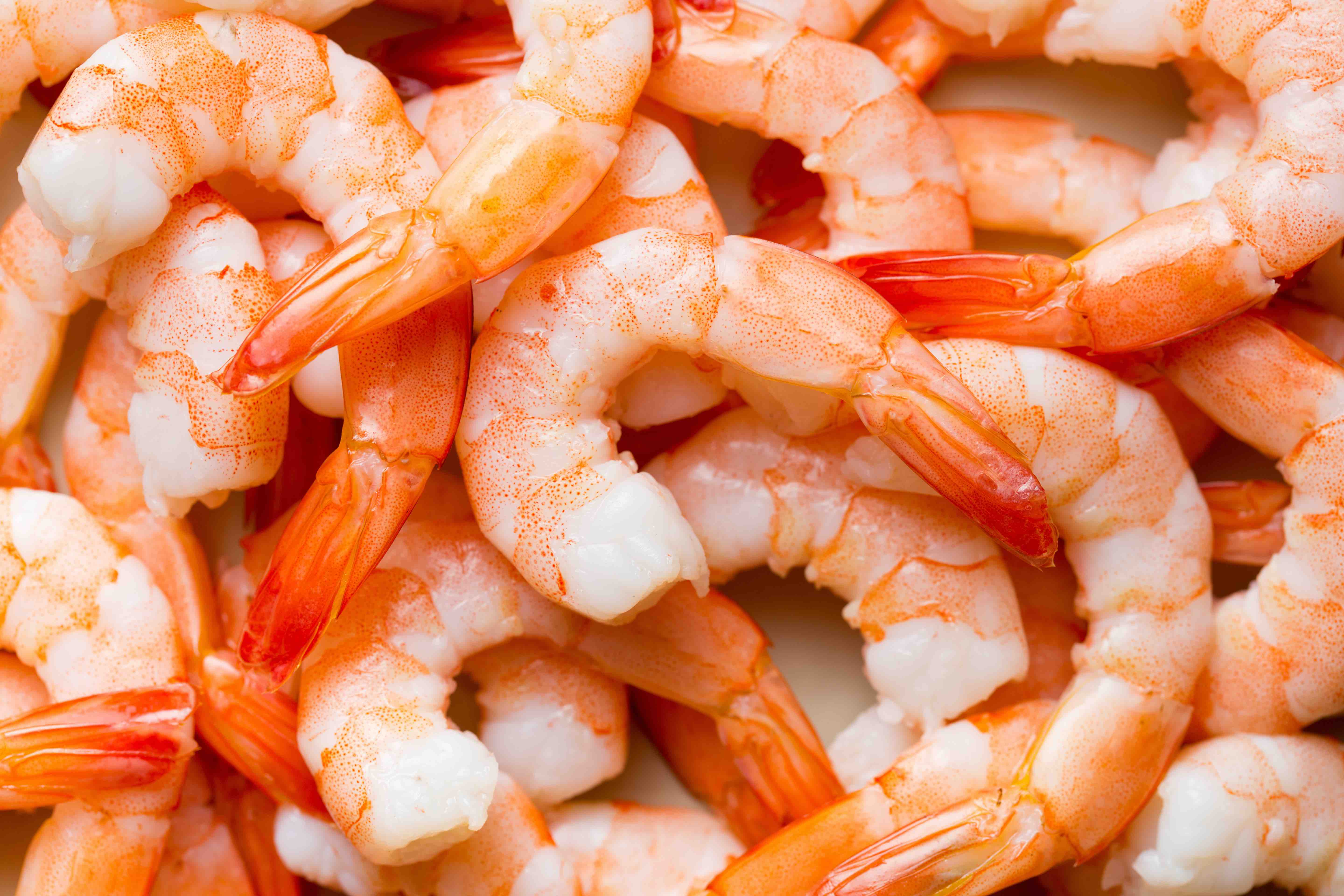
Shrimp: they’re more than just a popular seafood dish. These small but mighty creatures possess a fascinating array of traits and abilities, playing critical roles in marine ecosystems while also serving as a vital food source for millions. From their unique physical characteristics to their impact on the environment, here are 20 captivating shrimp facts sure to pique your curiosity.
Diversity of Species
There are more than 2,000 species of shrimp worldwide. They inhabit every ocean and can also be found in freshwater lakes and streams.
Size Matters
Shrimp come in a variety of sizes, ranging from tiny species of just a few millimeters in length to the giant tiger prawn, which can grow up to a foot long.
Colorful Creatures
Shrimp exhibit a wide range of vibrant colors, from the bright reds and pinks of many edible species to the neon hues of cleaner shrimp.

Incredible Vision
Shrimp have some of the most complex visual systems in the animal kingdom. They can see ultraviolet light and have a 360-degree field of vision thanks to their compound eyes.
Life Cycle
Shrimp undergo a complex life cycle, beginning as tiny larvae in open water before settling on the ocean floor as adults.
Migration Habits
Some shrimp species undertake significant migrations during their life cycle, traveling many miles from their hatching grounds to their adult habitats.
A Noisy Bunch
Certain shrimp species, like the snapping shrimp, can produce a loud noise by snapping their claws together. This is used for communication and to stun prey.
Cleaners of the Sea
Cleaner shrimp species help maintain the health of other marine creatures by picking parasites and dead skin off their bodies. Some even venture inside the mouths of fish!
Shrimp and Coral Reefs
Shrimp play a vital role in maintaining the health and diversity of coral reefs. They provide a food source for many reef species and contribute to the reef’s structural integrity through their burrowing activities.
Bizarre Mating Habits
Many shrimp species exhibit unusual mating habits. For instance, some female shrimp can store the sperm of multiple males, using it to fertilize their eggs at a later date.
Diet and Feeding
Shrimp are omnivores, consuming both plant and animal matter. Their diet includes algae, plankton, worms, and small shellfish.

Commercial Importance
Shrimp are a crucial part of the global seafood industry, with millions of tons harvested annually. They’re also commonly farmed in aquaculture operations.
A Nutritious Choice
Shrimp are low in fat and high in protein, making them a healthy seafood choice. They’re also a good source of vitamins and minerals, including vitamin B12 and selenium.
Potential Allergens
Shrimp is one of the most common food allergens. Reactions can range from mild to severe and can include symptoms like itching, hives, and difficulty breathing.
Lifespan
The average lifespan of a shrimp can vary widely depending on the species, with some living only a year or two while others can live for over a decade.
Deep-sea Dwellers
Some shrimp species inhabit the deep sea, surviving at depths of several kilometers where pressure is high and light is scarce.
Shrimp and Sustainability
Overfishing and environmentally harmful fishing practices have led to significant sustainability concerns within the shrimp industry. Consumers are increasingly encouraged to seek out sustainably sourced shrimp.

Predators and Prey
Shrimp are both predators and prey within their ecosystems. They are hunted by a variety of creatures, including fish, birds, and even other shrimp, while they themselves feed on a variety of organisms.
Defense Mechanisms
Shrimp employ several defense strategies to avoid predation, including camouflage, rapid swimming, and in some cases, the ability to lose (and later regrow) their limbs.
A Wealth of Wonders
Beyond their role in human diets, shrimp offer numerous insights into biology, ecology, and evolution due to their diversity, adaptations, and ecological roles.
Final Word
In conclusion, the world of shrimp is full of fascinating facts and hidden complexities. From their distinctive physical traits to their crucial ecological roles, these tiny titans of the sea provide a captivating glimpse into the vast wonders of marine life. Whether you’re a marine biology enthusiast, a seafood connoisseur, or just a curious reader, there’s always more to discover about these remarkable creatures.
Was this page helpful?
Our commitment to delivering trustworthy and engaging content is at the heart of what we do. Each fact on our site is contributed by real users like you, bringing a wealth of diverse insights and information. To ensure the highest standards of accuracy and reliability, our dedicated editors meticulously review each submission. This process guarantees that the facts we share are not only fascinating but also credible. Trust in our commitment to quality and authenticity as you explore and learn with us.
